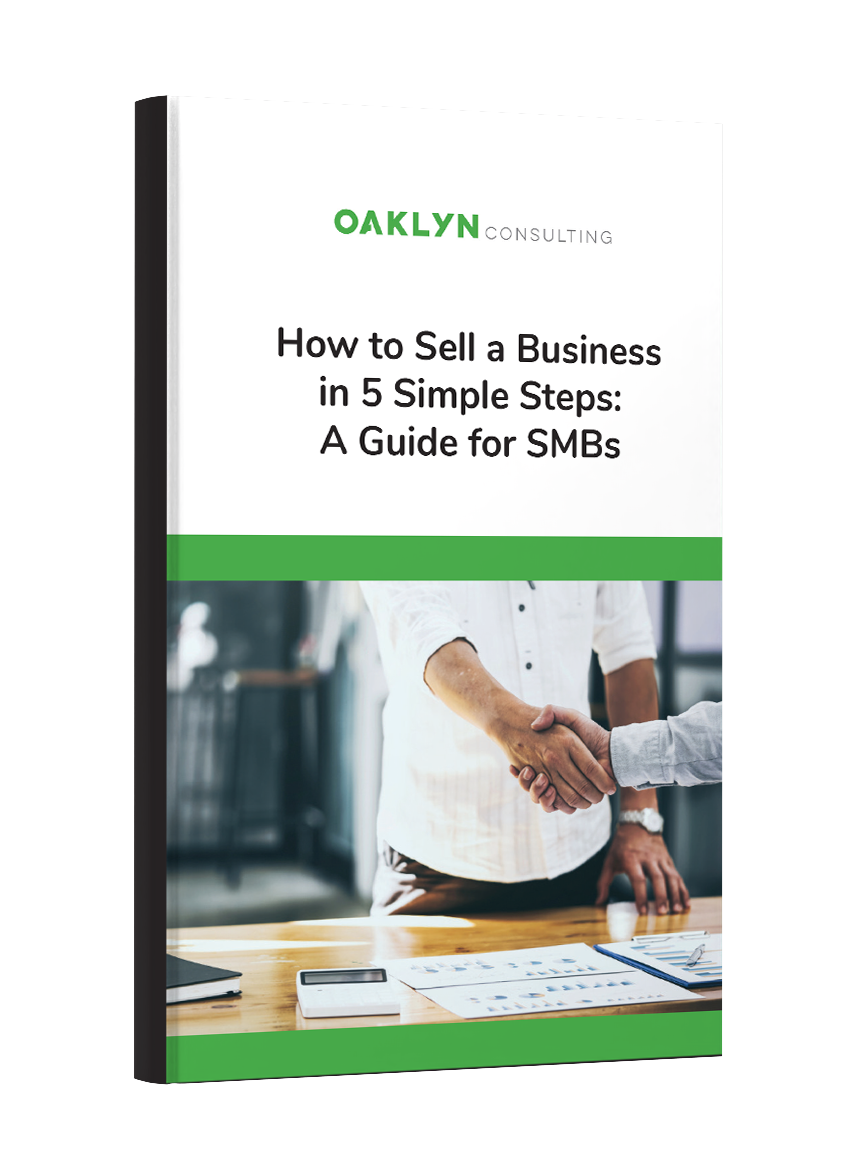I enjoyed sharing my thoughts on transferring a business to the next generation with Modern Contractor Solutions Magazine.
Read the article in PDF.
Anyone who has founded a construction business knows that success is often a slow climb, involving years of relationship-building and developing a reputation for high-quality work.
Transferring a family business to the next generation also isn’t the kind of thing owners should be rushing through—at least if they care about the future of what they’ve built. And yet, many delay the process of establishing a succession plan until they’re almost ready to retire. A recent survey of construction owners revealed that about half of the respondents didn’t have a plan to transfer their businesses. With the youngest baby boomers soon to reach retirement age, time is running out for many to put a plan in place so they can retire on time.
While many owners do understand this urgency, they don’t always know what their first step should be, or how to properly organize the succession process. If you’re among this group, here’s a general overview of where to start with building a plan to transfer ownership of your business.
A Family Conversation
It’s the dream of many parents to have an adult child or children take over the family business. But the transition to a second generation can be a rocky one, and historically, only about 30% of those businesses end up surviving. As the first step of building a succession plan, owners should consider that reality and decide whether passing their business down to a son, daughter, or other family member is truly the best thing for everyone.
Talk candidly with your children and make sure that you all want the same thing for the business. If your kids have other ambitions in life, they shouldn’t feel pressured to take over what you’ve started. If they want to pursue other career goals, there are other options that can be explored for your business, such as a sale to your employees or an outside buyer.
Iron Out Squabbles
Another possible scenario is that several family members want to run the business but have incompatible long-term visions for it. Don’t write off these differences of opinion as ordinary family squabbles. It can be stressful to run a business, and if a family member is nursing a grudge or feels that their concerns aren’t being heard, it can lead to serious family dysfunction both on and off the job.
To alleviate this issue, it helps for family members to set some ground rules for working together, often called a family pact. This pact isn’t a legally binding document, but it does lay out some general guidelines of decorum and conflict resolution that everyone agrees to adhere to. Taking the time to work out these details can make a big difference in maintaining a harmonious workplace while preserving cherished family relationships.
To Sell Or Gift?
Once you’ve gauged your family members’ interest and explored the realities of working together, the next step is to figure out the practical details of transferring your business. Namely, do you want to sell it or give it as a gift? Many owners opt to sell simply because they need the money to retire. But in contrast to a third-party sale, younger family members often don’t have the means to buy a business outright or the credit history needed to acquire a loan. One possible solution is to structure the payments as a monthly series, which provides a stream of ongoing income for the seller while being more manageable for the buyer.
However, depending on the circumstances, gifting a business to a family member might be a more sensible choice. If a business is in debt, for instance, a gift might provide a way for the owner to step away from that responsibility and let the next generation handle it. (Naturally, it’s important to be transparent with family members about what they’ll be taking on.)
Once you decide on the structure of the ownership transfer, you’ll want to formalize it with a business ownership agreement. The main benefit of doing this is that it will set a roadmap and timetable for handing over various management responsibilities. This can help alleviate confusion and hard feelings while gradually giving your successors an increased level of autonomy over major business decisions. It can also be helpful on an emotional level to see a full transition plan laid out, so you can begin preparing to step away.
Train Your Successors
The most time-consuming part of an intergenerational transition is preparing your successors to take over the job. As the founder of your construction business, you might wear several hats, from being the public face of the company to managing the daily work on individual projects. Depending on the personalities of your family members, some might be better suited for some roles than others. Once you’ve sorted out who will be doing what in the new management structure, take a close look at any knowledge or experience gaps and start tackling them systematically.
Construction companies are a little different than other types of companies in that their income tends to be less predictable and more project-driven. A company’s profitability grows along with its reputation as it builds a large base of client relationships, but individually, those relationships usually result in infrequent work. In a generational transfer, it’s crucial to keep those relationships strong by involving your successors as early as possible in client interactions. Doing this will go a long way toward smoothing the transition when you eventually exit the company.
Involving Professionals
The complexity of a business transfer, whether to another family member or an outside buyer, usually necessitates the help of an objective expert who can ensure that key details aren’t glossed over. Depending on your business’s legal structure, there might also be specific requirements or paperwork that an experienced professional will also be able to assist with.
Closing Thought
Business owners should remember that succession planning is not a 100-yard dash; it’s a marathon. The more time you have to contemplate and execute a plan, the less stressful the experience is likely to be. Don’t delay getting the ball rolling by having initial conversations with your family members. Years from now, when you watch your business continue successfully into a new generation, you’ll be glad you did.



